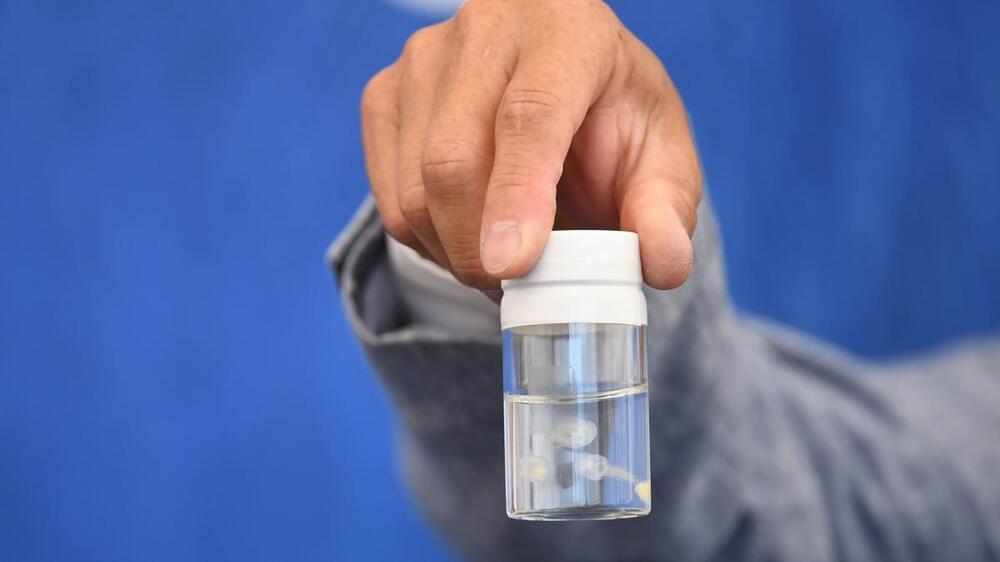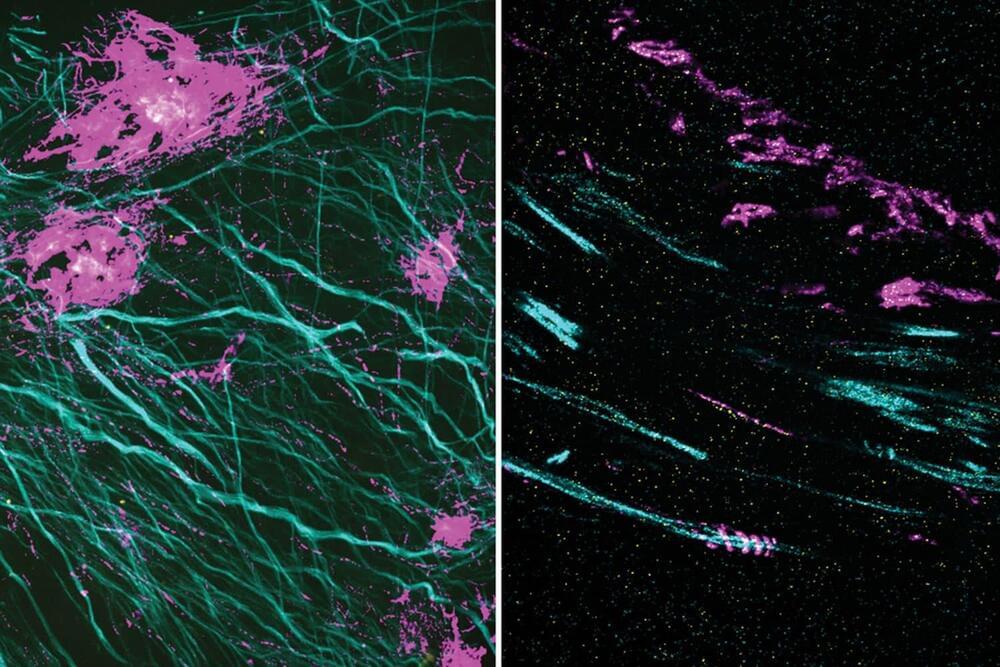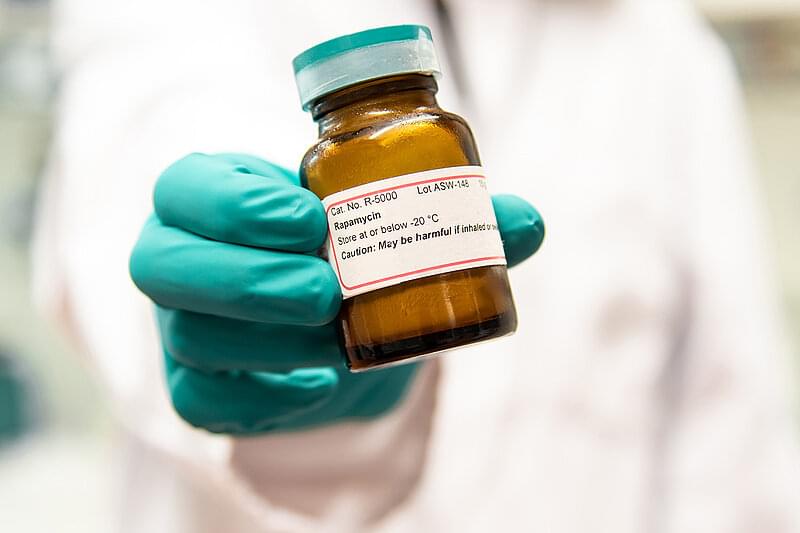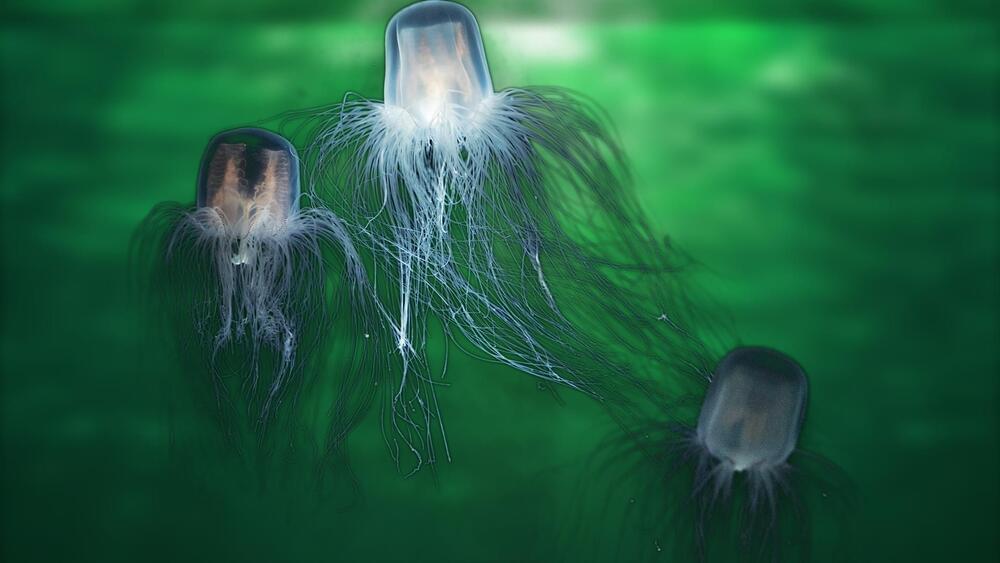Aug 31, 2022
Unusual Microcrystals Discovered in Meteorite Dust
Posted by Saúl Morales Rodriguéz in category: futurism
On February 15, 2013, above Chelyabinsk in Russia’s Southern Urals, the biggest meteorite that was ever seen this century entered the Earth’s atmosphere. Unusually, the meteorite’s surface dust survived its impact and is now the subject of in-depth research. Some carbon microcrystals in this dust have odd shapes. A group led by Sergey Taskaev and Vladimir Khovaylo from Chelyabinsk State University in Russia has recently published a paper on the morphology and simulations of the formation of these crystals in the European Physical Journal Plus.
A meteor’s surface develops meteorite dust as it enters the atmosphere and is subjected to very high temperatures and tremendous pressures. The Chelyabinsk meteor was exceptional in terms of its size, the intensity of the air burst it created as it exploded, the size of the biggest pieces that fell to Earth, and the destruction it caused. More importantly, it landed on snowy terrain, and the snow helped keep the dust intact.
Taskaev, Khovaylo, and their team first observed micrometer-sized carbon microcrystals in this dust under a light microscope. They, therefore, examined the same crystals using scanning electron microscopy (SEM) and found that they took up a variety of unusual shapes: closed, quasi-spherical shells and hexagonal rods. Further analysis using Raman spectroscopy and X-ray crystallography showed that the carbon crystals were, actually, exotically-shaped forms of graphite.


















